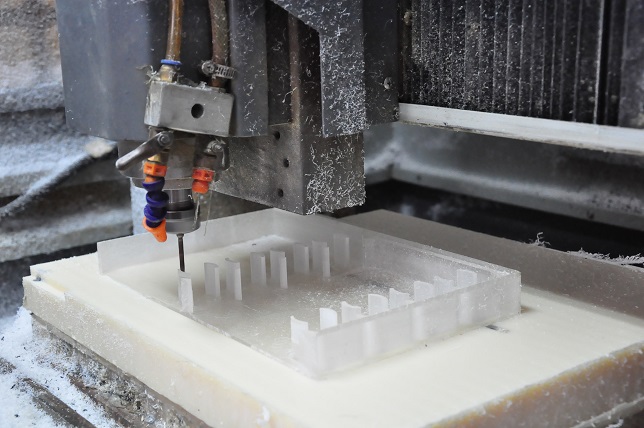Get in touch.
Dear,I will reply in 12 hours. All your message are protected!
Rapid Prototyping Services, Professional manufacturer of CNC Prototyping and 3D Prototyping in China.
CNC (Computer Numerical Control) machining is a versatile manufacturing process used to create complex components with precision. When it comes to machining internal right angles, specific techniques and strategies are crucial to achieve accurate and clean results. In this article, we will explore effective techniques and best practices for CNC machining of internal right angles, providing valuable insights to optimize your machining process and ensure precise and accurate results.

1.CAD Model or Technical Drawing:
Begin with a well-defined CAD (Computer-Aided Design) model or technical drawing that accurately represents the internal right angle to be machined. Ensure that the dimensions, angles, and tolerances are clearly specified. This serves as the foundation for programming and machining the internal right angle accurately.
2.Tool Selection:
Select suitable cutting tools for machining internal right angles in CNC. Consider the material being machined and the desired surface finish when choosing the tool geometry and dimensions. End mills with square or ball nose cutters can be used, depending on the specific requirements of the internal right angle. Choose tools with appropriate sizes and sharp cutting edges for precise results.
3.Machining Techniques:
Implement the following techniques to achieve accurate results when machining internal right angles:
Pocketing: Utilize pocketing operations in your CAM (Computer-Aided Manufacturing) software to remove material and create the internal right angle. Define the toolpath parameters, such as stepover and stepdown, to ensure even material removal and maintain dimensional accuracy.
Corner Rounding: To achieve a clean and precise internal right angle, consider using corner rounding techniques. This involves using a smaller diameter end mill or ball nose cutter with a radius equal to or slightly larger than the desired corner radius. By applying the appropriate toolpath, you can smoothly round the internal right angle.
4.Cutting Parameters:
Optimize cutting parameters for machining internal right angles. Adjust spindle speed, feed rate, and depth of cut based on the material properties and desired surface finish. Take into account the tooling, workpiece material, and the specific requirements of the internal right angle. Experiment with different cutting parameters to achieve the desired accuracy and surface quality.
5.Fixture Design and Setup:
Ensure proper fixture design and setup to securely hold the workpiece during machining. Consider using clamps, vises, or custom fixtures designed for stability and accuracy. Proper alignment and fixation are crucial to
© 2005-2025 Shenzhen Tuowei Model Technologies Co., Ltd. | All Rights Reserved 粤ICP备11096697号